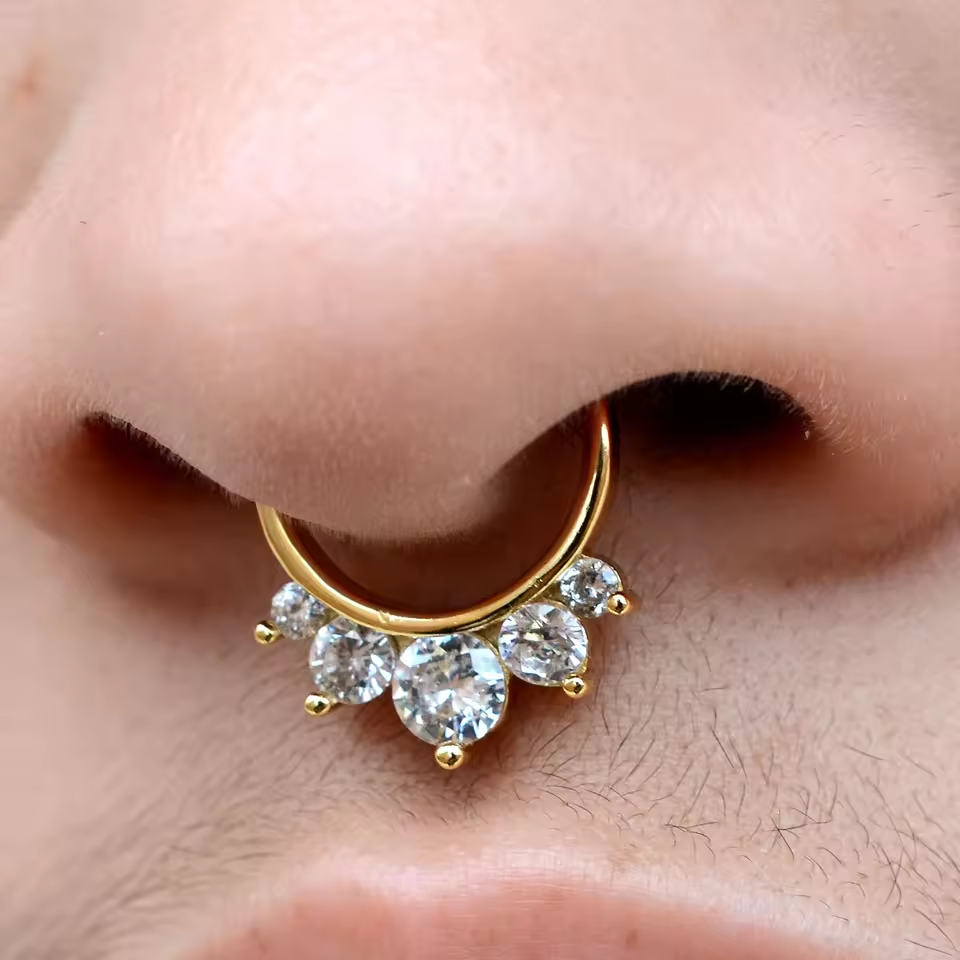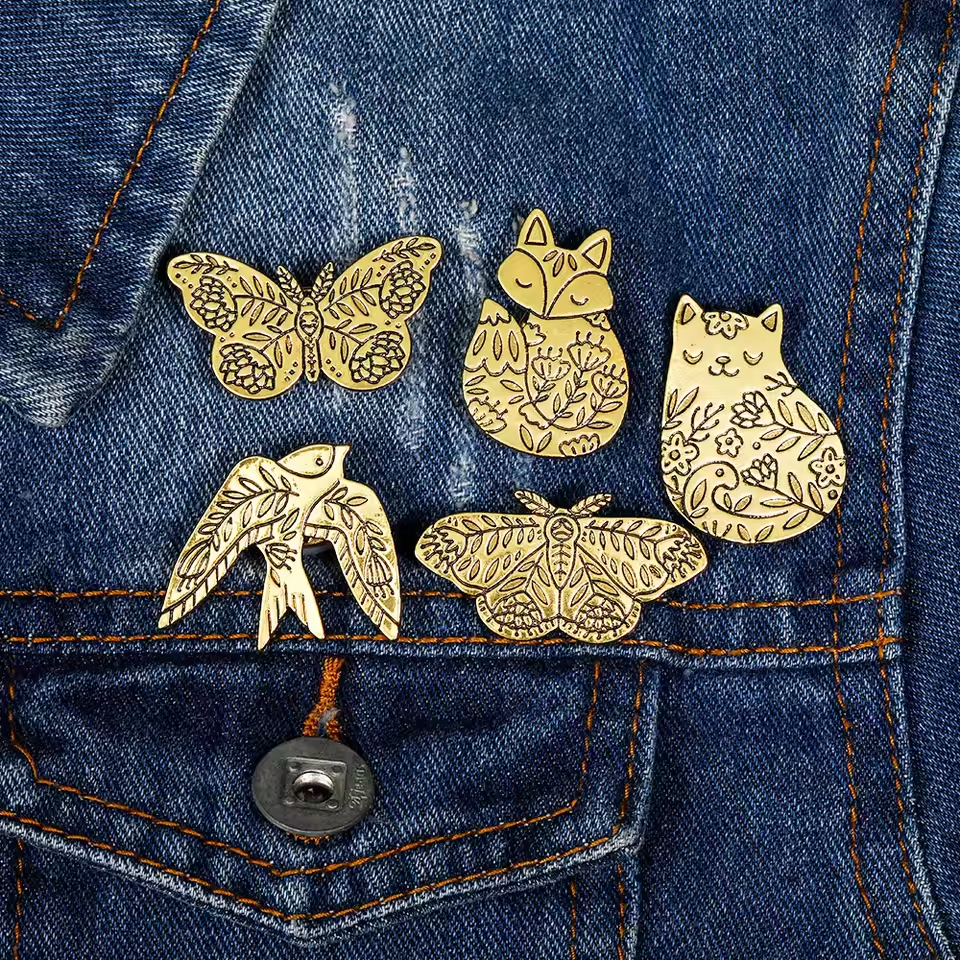Introduction: The Timeless Language of Engagement Rings
Engagement rings are more than jewelry—they are vessels of love, history, and human connection. For over 5,000 years, rings have symbolized eternal devotion, tracing their roots to ancient Egypt, where braided reed bands marked marital bonds. By the 15th century, Archduke Maximilian of Austria gifted Mary of Burgundy a diamond ring, cementing gemstones as symbols of wealth and commitment.
Today, engagement rings transcend tradition, blending cultural heritage with modern individuality. They are both heirlooms and self-expressions: a solitaire diamond whispers timeless romance, while a radiant cut engagement ring or an artisan-crafted piece speaks to personal style. Beyond aesthetics, they reflect evolving values—ethically sourced gems, sustainable materials, and gender-neutral designs—ensuring love is celebrated with integrity.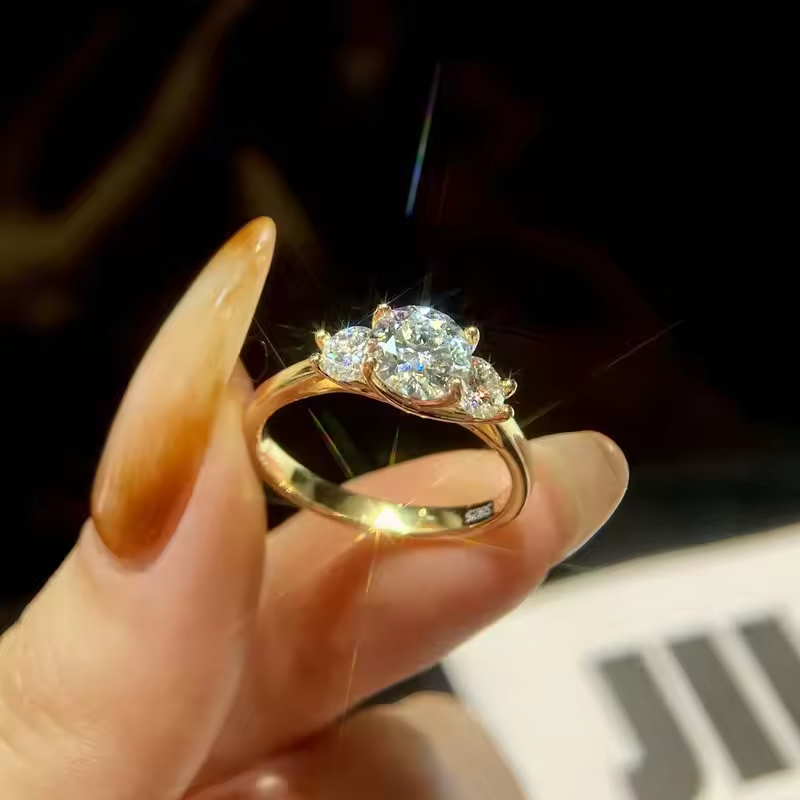
Choosing the perfect ring requires navigating symbolism, budget, and symbolism. Whether inspired by heritage or innovation, it must resonate with your relationship’s story. This guide unlocks the language of engagement rings, helping you craft a piece that honors both your past and your future together.
The Evolution of Engagement Rings
The evolution of engagement rings reflects humanity’s timeless quest to materialize love and commitment. From ancient tokens to modern masterpieces, their design and symbolism have mirrored societal values across eras:
Ancient Origins (3000 BCE–5th Century CE)
The earliest engagement rings appeared in ancient Egypt, where braided reed or leather bands symbolized eternal love due to their circular shape. By Roman times, iron rings (“annulus pronubus”) marked marital contracts, while wealthier citizens opted for gold bands engraved with love poems.
Medieval to Renaissance (5th–17th Century)
In medieval Europe, gold and silver bands reigned, often engraved with clasped hands or religious motifs. The 15th century saw a pivotal shift: Archduke Maximilian of Austria gifted Mary of Burgundy a diamond ring in 1477, launching diamonds as symbols of royal romance. By the Renaissance, gemstones like rubies and sapphires adorned rings, reflecting wealth and status.
Victorian Era (1837–1901)
Queen Victoria’s reign romanticized engagement rings. The discovery of South African diamond mines in 1871 made gems accessible. Victorian designs featured intricate filigree, enamel, and symbolic motifs—serpents (eternity), hearts, or flowers. The first diamond solitaire emerged, though clusters of smaller stones remained popular.
20th Century: The Diamond Monopoly
De Beers’ 1947 “A Diamond is Forever” campaign revolutionized engagement rings, linking diamonds to marital permanence. Platinum became prized during the Art Deco era (1920s), while post-war designs emphasized simplicity. The solitaire rose to prominence, symbolizing purity and modernity.
Modern Era: Personalization and Ethics
Today’s engagement rings celebrate individuality. Lab-grown diamonds, recycled metals, and non-traditional stones (moissanite, sapphires) appeal to eco-conscious buyers. Gender-neutral bands, radiant cut engagement rings, and artisan-crafted pieces reflect diverse aesthetics. Simplicity (minimalist solitaires) coexists with bold designs, proving that love’s language evolves while its core—commitment—endures.
This journey from utilitarian bands to symbolic heirlooms underscores one truth: engagement rings are not merely jewelry—they are stories etched in metal and gemstones, forever adapting to love’s timeless essence.
Symbolism: What Engagement Rings Truly Represent
Engagement rings are profound symbols of love, commitment, and cultural heritage. At their core, the circular band represents eternity—no beginning, no end—a metaphor for enduring love. The choice of materials and design further amplifies this symbolism:
- Diamonds: Traditionally symbolize strength and purity, reflecting a relationship’s resilience. Their rarity underscores the uniqueness of the bond.
- Gemstones: Alternatives like sapphires (wisdom) or emeralds (growth) add personal meaning, aligning with individual values or cultural traditions.
- Engravings: Hidden inscriptions (dates, initials, vows) transform rings into private affirmations of partnership.
Culturally, symbolism varies:
- Western Traditions: Diamond solitaires dominate, emphasizing simplicity and timelessness.
- Indian Customs: The mangalsutra (a black-and-gold beaded necklace) coexists with modern rings, symbolizing marital protection and prosperity.
- Japanese Preferences: Platinum’s enduring shine mirrors the ideal of lasting love.
Today, engagement rings also embody ethical values. Lab-grown diamonds or recycled metals signify commitment to sustainability, adding a layer of responsibility to the symbolism. Beyond aesthetics, they honor both heritage and forward-thinking principles, making them more than jewelry—they are wearable pledges to love, respect, and grow together.
Design Trends: From Classic to Bold
Engagement ring designs today span a spectrum from timeless elegance to avant-garde creativity, reflecting evolving tastes and values. Here’s how engagement rings are balancing tradition with bold innovation:
Classic Timelessness
The solitaire remains a cornerstone of engagement rings, celebrated for its simplicity. Modern twists include:
- Slim-profile bands: Minimalist settings highlight the diamond’s brilliance.
- Vintage-inspired milgrain edges: Adds a romantic, heirloom feel to solitaires.
- Art Deco motifs: Geometric patterns and channel-set stones revive 1920s glamour.
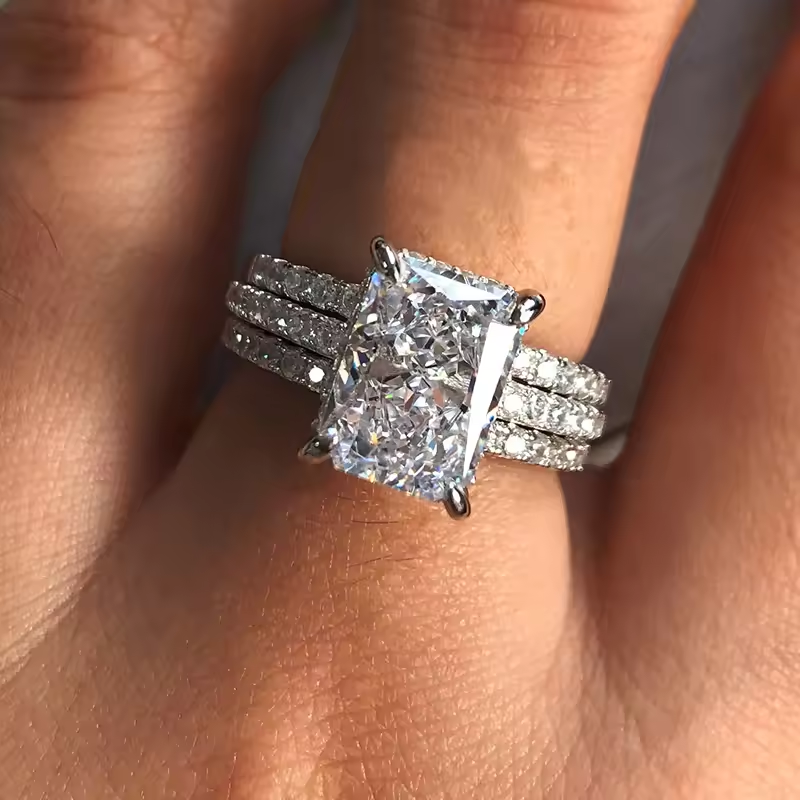
Bold Innovations
- Colored Gemstones: Sapphires, emeralds, and moissanite offer vibrant alternatives to diamonds, symbolizing个性 or cultural heritage.
- Unconventional Cuts: The radiant cut engagement rings (a hybrid of emerald and round brilliance) and cushion cuts add modern sparkle.
- Stackable Designs: Twin bands or split shanks let couples layer rings for a personalized look.
Gender-Neutral & Edgy Styles
- Sleek Minimalism: Low-profile platinum bands appeal to modern aesthetics.
- Industrial Metals: Titanium or blackened steel cater to rugged, non-traditional tastes.
- Mixed Metals: Gold and rose gold combinations create visual contrast without excess.
Sustainability Meets Style
Eco-conscious trends dominate:
- Lab-Grown Gems: Ethical, cost-effective, and available in unique cuts.
- Recycled Metals: Gold reclaimed from old jewelry reduces environmental impact.
- Nature-Inspired Designs: Rings with leaf motifs or textured “organic” surfaces celebrate earth-friendly values.
Customization is Key
Artisan jewelers now craft bespoke pieces, from engraved celestial patterns to engraved cultural symbols. The focus is on personal narratives—whether a shared travel destination or a family heirloom repurposed into the band.
From delicate solitaires to bold geometric designs, today’s engagement rings honor both heritage and individuality, proving that love’s expression is as diverse as those who wear it.
Choosing the Perfect Engagement Ring
Selecting the ideal engagement ring is a deeply personal journey that balances sentiment, practicality, and symbolism. Follow these steps to find a ring that reflects your love story:
1. Set a Realistic Budget
While the traditional “two-month salary” guideline persists, prioritize your financial comfort. Allocate funds based on priorities:
- Center Stone: 60–70% of the budget for maximum visual impact.
- Setting & Metal: Opt for platinum or 14k gold—durable and timeless.
- Alternatives: Lab-grown diamonds or colored gemstones offer cost-effective elegance.
2. Understand the 4Cs of Diamonds
- Carat: Balance size with budget. A 1.0–1.5 carat stone strikes a popular compromise.
- Clarity: Choose VS2-SI1 grades for clarity without premium pricing.
- Color: G-I grades appear nearly colorless under most lighting.
- Cut: Prioritize a well-cut stone (e.g., radiant cut engagement rings) for maximum brilliance.
3. Align Design with Her Preferences
Observe her jewelry style:
- Classic Lovers: A solitaire or halo setting ensures timeless appeal.
- Modern Tastes: A pave band or radiant cut engagement ring adds contemporary flair.
- Personal Touches: Engravings or birthstone accents deepen sentimental value.
4. Consider Ethical and Sustainable Options
- Conflict-Free Gems: Look for certifications like the Kimberley Process or AGSL.
- Lab-Grown Stones: Ethical and budget-friendly, with identical quality to mined diamonds.
- Recycled Metals: Reduce environmental impact without sacrificing luxury.
5. Shop with Trust
- Reputable Jewelers: Ensure GIA or AGS certifications for diamonds.
- Try Before You Buy: Check how the ring fits (ring size matters!) and matches her existing jewelry.
- Ask Questions: Clarify return policies and resizing options.
Budgeting Wisely: How Much to Spend on Engagement Rings
The “two-month salary” rule is outdated. Instead, prioritize:
- Priorities: Allocate more to the center stone if diamonds matter most.
- Alternatives: Lab-grown gems cost 30–40% less than mined diamonds.
- Customization: Artisan jewelers offer unique designs at competitive prices.
Aim for a ring that reflects your values rather than societal expectations.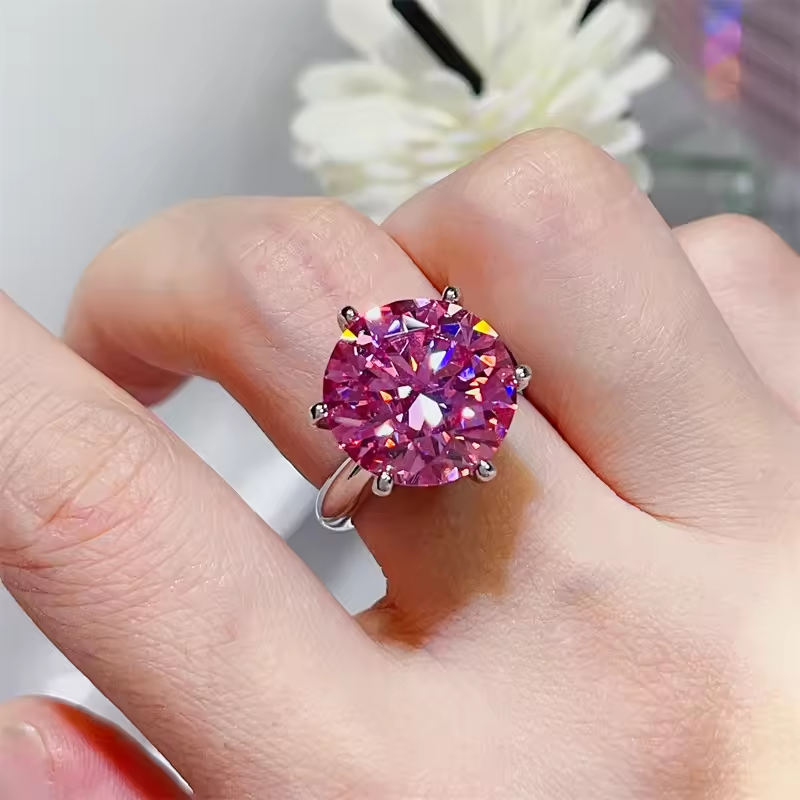
Cultural and Personal Considerations
Engagement rings transcend aesthetics—they reflect cultural heritage and personal identity. Understanding these nuances ensures the ring honors both tradition and individuality:
Cultural Traditions
- India: The mangalsutra (a black-and-gold beaded necklace) coexists with diamond engagement rings, symbolizing marital protection and modernity.
- Japan: Platinum’s enduring shine is prized, while minimalist designs mirror cultural simplicity.
- Middle East: Gold dominates, often paired with intricate filigree or gemstones like emeralds.
- Western Europe: Vintage-inspired designs (e.g., Art Deco) celebrate heirloom aesthetics.
Personalization Beyond Culture
- Non-Traditional Couples: Gender-neutral bands or split shanks cater to egalitarian relationships.
- Ethical Values: Lab-grown diamonds or recycled metals align with eco-conscious lifestyles.
- Symbolic Designs: Engrave initials, dates, or cultural symbols (e.g., Celtic knots) to weave personal stories into the ring.
A radiant cut engagement ring might appeal to a modern global couple valuing brilliance and uniqueness, while a vintage solitaire suits those drawn to timeless romance. Always prioritize your partner’s preferences—whether rooted in heritage or bold innovation. The ring’s true power lies in its ability to unite cultural roots with the couple’s shared vision for the future.
Ethical and Sustainable Engagement Rings: A Growing Priority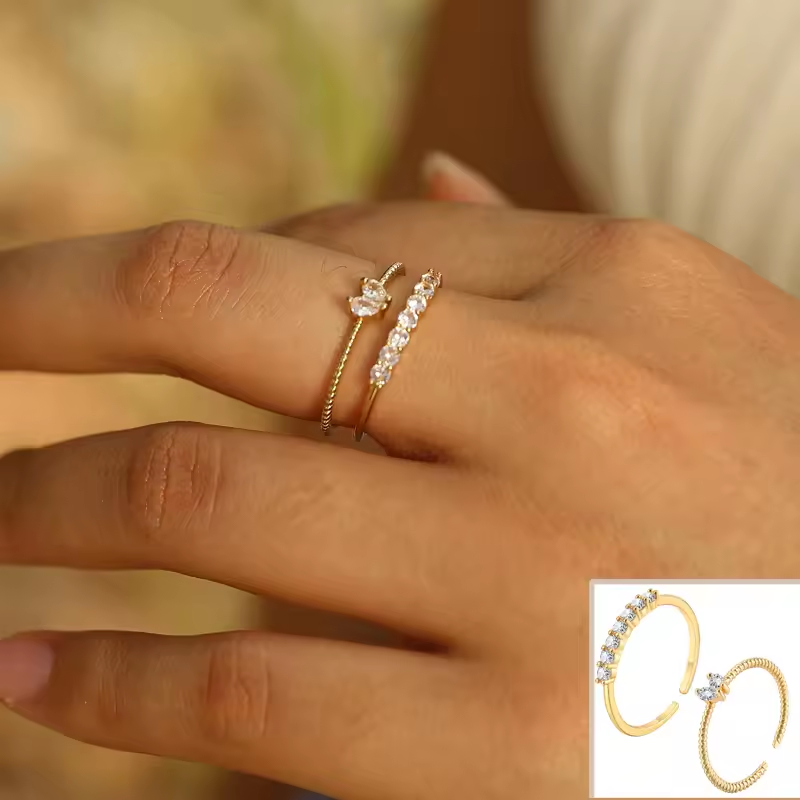
Ethical and sustainable engagement rings are no longer niche—they’re a mainstream demand as consumers prioritize transparency and environmental stewardship. Today’s market reflects this shift, with lab-grown diamonds and recycled metals leading the charge:
Ethical Sourcing
- Conflict-Free Gems: The Kimberley Process certifies diamonds as conflict-free, reducing funding for war zones.
- Lab-Grown Alternatives: Cultured diamonds offer identical sparkle at 30–40% lower cost, with 50% less energy use than mining.
- Fair Trade Metals: Gold and platinum sourced from ethical mines ensure fair wages and safe working conditions.
Sustainable Innovations
- Recycled Precious Metals: Reclaimed gold and platinum reduce mining’s ecological footprint.
- Eco-Friendly Settings: Titanium or tungsten (durable and non-toxic) appeal to eco-conscious buyers.
- Minimalist Designs: Clean lines and fewer gemstones cut waste without sacrificing beauty.
The Future of Love, Redefined
62% of millennials prioritize ethical sourcing when choosing engagement rings (2023 Jewelry Ethics Report). Brands like Brilliant Earth and Vrai lead the way, offering traceable gems and carbon-neutral production. Whether opting for a lab-grown radiant cut engagement ring or a recycled gold band, the choice to “marry responsibly” ensures your ring’s story aligns with your values—proving love and sustainability go hand in hand.
